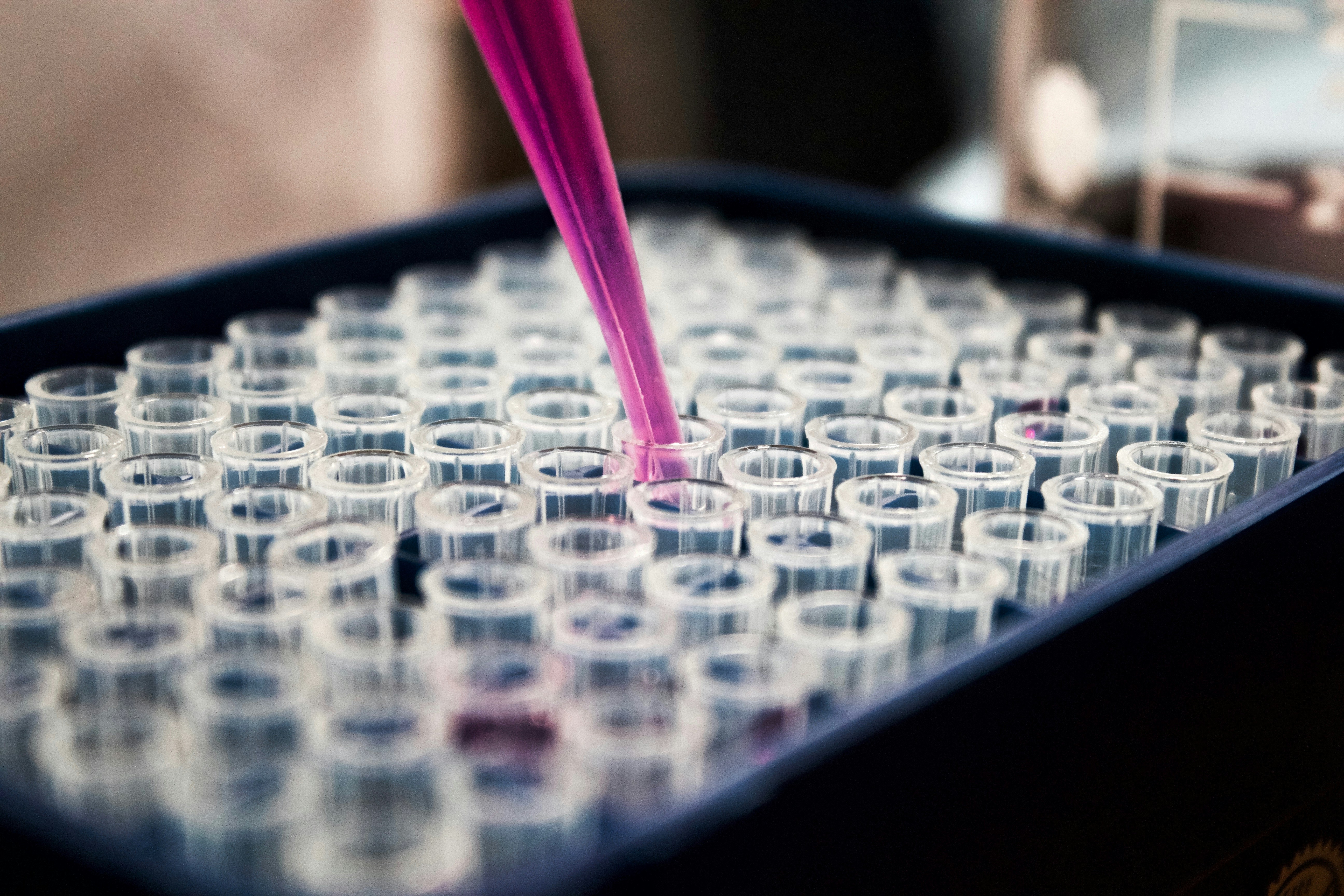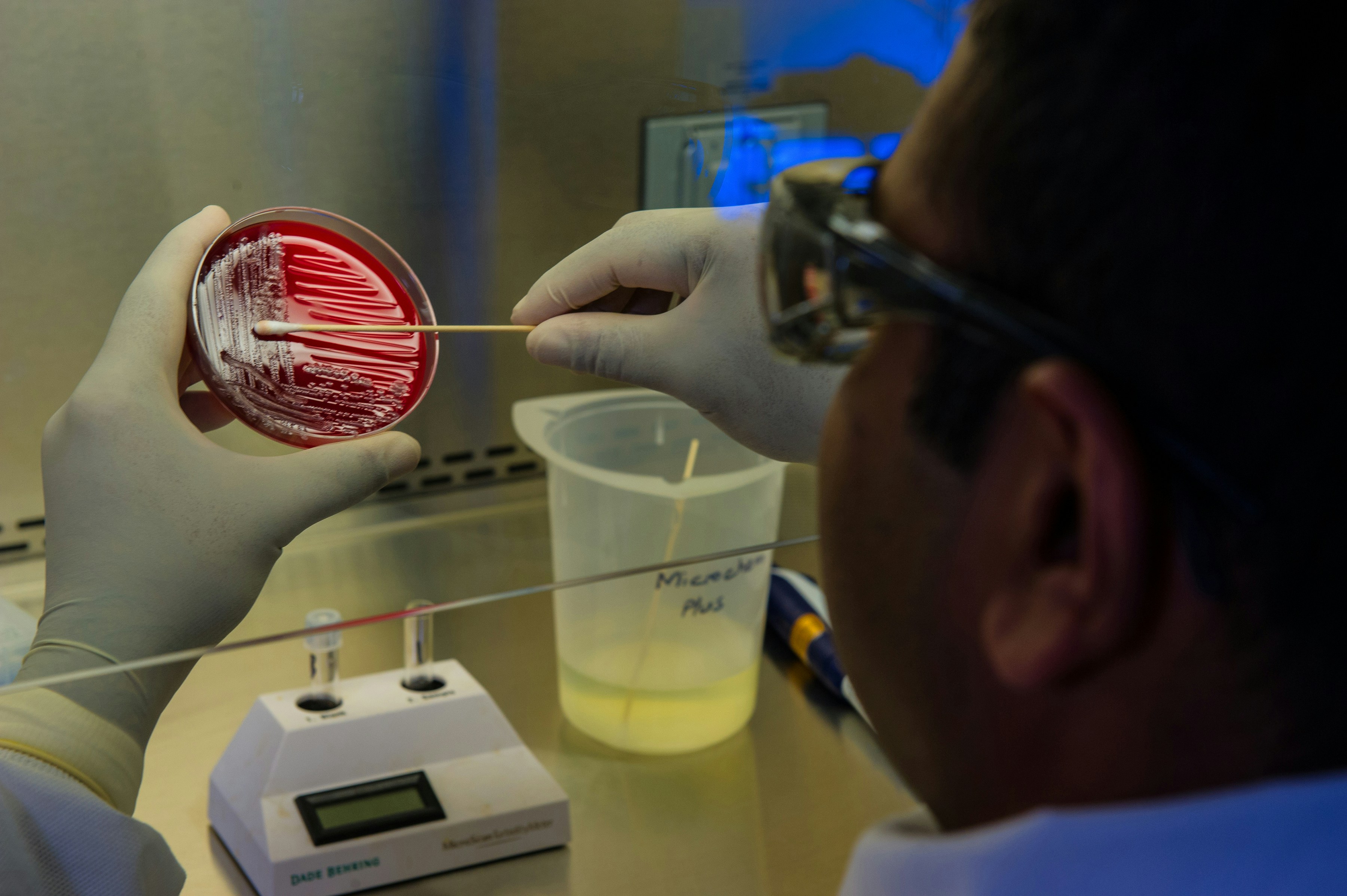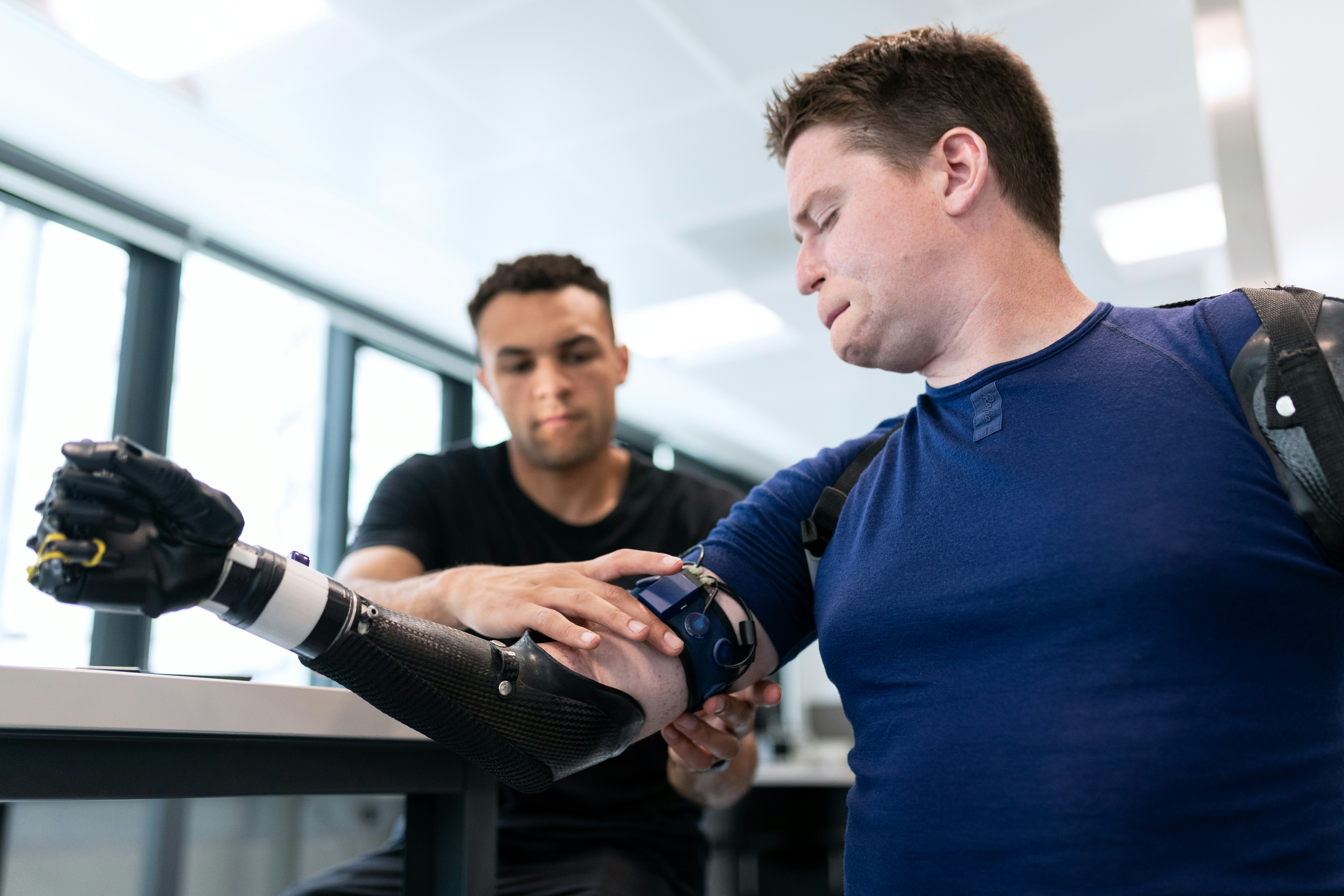Biotechnology is a growing industry, particularly in the United States. As various biotech companies race to come up with a possible solution to the Coronavirus pandemic, it is also a sector that has been at the forefront of the press more recently.
Although the term is only a smidgeon more than a century old (coined by Karl Ereky in 1919), biotechnology is not a new concept, nor is it a particularly well-understood one neither. It is defined as the use of biological materials (i.e. parts of, or full living organisms) to create new products from raw materials. The processes are widespread, and biotechnology has been used to create some items that exist in almost every household.
Ever sat down after a long day and drank a beer or a glass of wine? It was biotechnology that allowed you to do that. If you have ever been in a rush and made a peanut butter and jelly sandwich, then you have biotechnology to thank for that too. This process is responsible for the fermentation that gives way to brewing beers, and how yeast (a living organism) is used in the baking of bread.
Of course, the influence of biotechnology spreads much, much further, and has a great deal more practical uses in today’s world than ever before. It is a good industry to be a part of as well, with many jobs in the biotechnology field paying well, and offering a large amount of satisfaction as you work towards changing lives. With many more education establishments offering the opportunity to learn more about this fusing of biology and technology, and a step-by-step guide for becoming a biotechnologist by IFRC Media readily available to help, the options for working in this field are growing.
Here is a breakdown of five growing careers in biotechnology.
Process Development

The function of biotechnology is to create a product that is new, via the use of living organisms (or part thereof). In most cases, these are going to be products that are designed for widespread and everyday use. But because of this, a lot of products are going to have more complicated and stringant quality control checks in order to ensure that they are safe for use. As many products are intended for human consumption or injection (such as food, drink, or medications), the risk assessments must be carried out properly and thoroughly, and products will only be put into manufacturing if they pass.
This is where process development scientists come in; it is their responsibility to ensure that the lab is working to ensure high quality, and the process is efficient. From there, if a product is to go into mass production, they ensure that the lab is well equipped and has the best methods to increase productivity, but staying within the various quality control guidelines to ensure that the product remains safe.
Biochemist
Biochemists are, in many ways, the face of biotechnology. The aim of biochemistry is to break down the living bio-material and look at it on a cellular level, taking into account how genes, bacteria, and cell reproduction all work together (or don’t in some cases). With an understanding of the way the biological processes work, they can then identify and even replicate these cellular properties for use in medications, hormonal treatments, or nuitritional assistants.
Protein expression services, such as that provided by Biotech Resources, is one particular part of biotechnology where biochemistry is at its most obvious. Protein expression is a two-part process that uses gene expression to force a living organism to naturally create large amounts of protein. This protein can then be studied, analyzed, or replicated on a mass scale in order to help find new cures for illnesses or to simply create more protein-based nutritional goods.
Microbiologist

Similar to biochemists, a microbiologist’s remit is in the study of living organisms on the cellular (micro) scale, but with particular emphasis on bacteria and viruses. Microbiology is more of an umbrella term, encompassing:
- Bacteriology- the study of bacterial species and how they spread, as well as where it is either helpful or hindering.
- Mycology- the study of fungi and how they can be used by humans.
- Parasitology- which looks at the symbiotic relationship between microscopic parasites and their hosts.
- Virology- the study of viruses and how they transmit from person-to-person. Virologists have recently been trying to come up with a COVID-19 vaccine as they research how this novel virus mutates and spreads.
As viruses are sometimes classed as living organisms, Microbiology is considered biotechnology.
Medical Scientist
Medical science is probably the most well-known aspect of biotechnology, if not the most spread-out field that is derived from it. In its simplest form, medical science works for similar reasons as virology does, as it looks to determine the cause and transmissions of human diseases with the intention to combat them and produce a cure. Unlike viruses, which are invariably identified as living organisms taking on attributes that are akin to parasites, diseases are more like a deviation from the ideal condition of a living organism itself.
For example, a virus such as COVID-19 is a parasitic micro-organism that targets the lungs of humans and causes a breakdown in their function. As the virus is the living organism, the belief is that by removing it from people or building a defense to its effects via vaccination (which are also created by both microbiologists and medical scientists), it will be rendered inert. A disease, such as heart disease which is the biggest killer in the U.S. is a continual breakdown of the heart and associated organs. In this instance, the living organism is the person experiencing the effects of the disease.
Medical scientists work to come up with cures and treatments for diseases and illnesses that affect people and their biological processes. They synthesize drugs, antidotes, or treatments to minimize the damage of a breakdown caused by an illness, or, a disease.
Biomedical Engineer

Biomedical engineers almost lean more towards the technology of biotechnology. In many ways, this is the most innovative field in the industry, and certainly, the one where you are likely to see the most world-changing breakthroughs. Although biotechnology is a wide ranging term and is reliant on being the sum of all of its parts; Biomedical engineers bridge the gap between coming up with solutions and putting those solutions into practice.
Their mandate is to apply technology to better healthcare and medical procedures. This is most seen in the many devices and machines that are used in hospitals and clinics. However, artifical limbs (prosthetics), organs, and machines to replace body parts are all created and developed by biomedical engineers.
Over the last few decades, amputees have often worked with biomedical engineers to ensure that they receive the best prosthetics possible, and it shows. The quality of these devices has elevated to the point that they have almost become a like-for-like replacement for the limbs that have been lost. The varying degrees of design of prosthetics is a testament to biomedical engineers also, as they are not as ostenatious as the artificial limbs of old. Athletes have specially designed prosthetic legs to run on, whilst some ladies have new arms that help them feel as good in a suit as they do in casual women’s clothing. The hope is that all people who have amputated limbs, when wearing these biomedically engineered works of art, feel comfortable and at ease regardless of whether they are in the newest outfit from WHBM, or stretched out on a couch in their PJs. With prosthetics aiming for subtlety and sensitivity, this is an industry that is growing and evolving every day.
Throughout the year, our writers feature fresh, in-depth, and relevant information for our audience of 40,000+ healthcare leaders and professionals. As a healthcare business publication, we cover and cherish our relationship with the entire health care industry including administrators, nurses, physicians, physical therapists, pharmacists, and more. We cover a broad spectrum from hospitals to medical offices to outpatient services to eye surgery centers to university settings. We focus on rehabilitation, nursing homes, home care, hospice as well as men’s health, women’s heath, and pediatrics.







